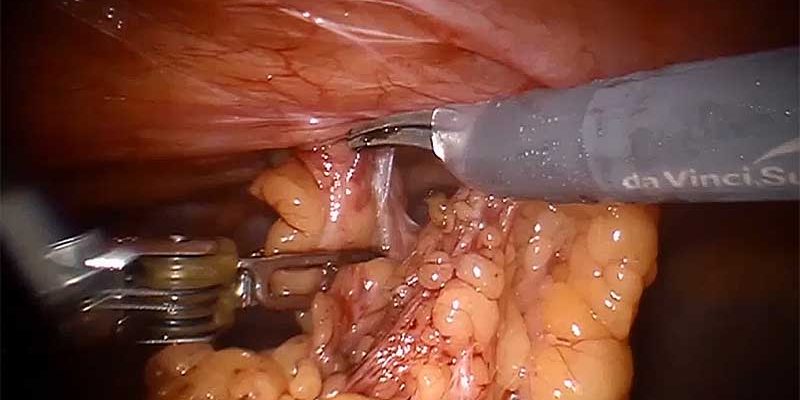The application of robotic assisted tapp ventral hernia repair in obese patient population by Dr Iraniha
The application of Robotic assisted Trans Abdominal Pre-peritoneal “TAPP” ventral hernia repair in the obese patient population:
Conventional open hernia repair of a large incarcerated supra-umbilical ventral hernia repair in an obese patient requires a mid-line abdominal incision and creation of skin flap to reduce the incarcerated intra-abdominal structure, close the ventral hernia defect and reinforce the closure with placement of a mesh. This approach is associated with more post-operative pain, longer recovery time, and higher risk of wound complications, especially in the obese patient population ventral hernia repair have a higher risk .
However, robotic assisted surgical hernia repair seems to be a more promising surgical alternative for this group of patients. In this video, a large supra-umbilical ventral hernia repair, incarcerated with omentum in an obese male has been repaired with robotic surgery assisted trans-abdominal pre-peritoneal technique.
The operation ventral hernia repair was performed through four small incisions on the lateral side of the abdominal wall, using Da Vinci robotic platform. The incarcerated omentum was reduced, the hernia defected was closed primarily and reinforced with mesh in the pre-peritoneal fashion. This technique eliminated the midline scar and was associated with less post-operative pain, faster recovery and less post-operative wound complication. The ventral hernia repair surgery was performed as an outpatient. The patient required a few days of pain medication following the hernia repair surgery and resumed his heavy activity and exercise in 6 weeks with excellent cosmetic result.
For information or to make an appointment with Dr Iraniha Laparoscopic Specialist please contact Surgical Oasis Orange County Surgical Center for same day or next day appointment. Or call us at









1 Comment